Bitumen Paint: 10 Best Applications, Benefits, Types, Comparison, and More
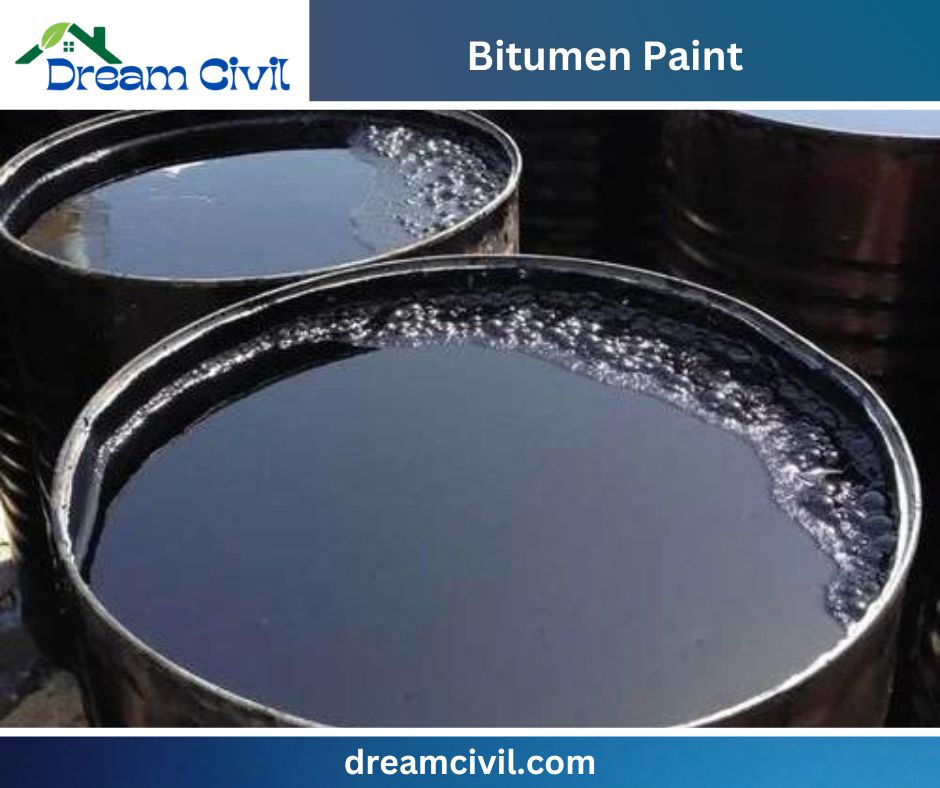
This post was originally published on this site
Table of Contents
Discover Bitumen Paint with its excellent Applications, Benefits, Safety, and More! Learn how to choose, apply, and troubleshoot with our comprehensive guide. Don’t miss out!
1. What is Bitumen paint?
✔ Bitumen paint is typically known as the protective coating or paint derived from petroleum and is generally made up of Bitumen, i.e., thick, sticky, and highly viscous substances.
✔ It is also considered as an asphalt in some region. It has a vital role and significant importance in the construction industry.
2. What are the applications of Bitumen paint?
I. Corrosion Protection: Bitumen paint is the barrier to corrosion and rust. The thick waterproofing coating prevents moisture and corrosive substances if we apply it on anything, such as pipe, storage tank, steelwork, etc.
II. Waterproofing: Bitumen paint is used in various construction industries, such as foundations, retaining walls, basements, and many more, to control water infiltration and damage.
III. Roofing: Bitumen paint is applied in various roofing materials to conduct a waterproof layer on the roof to generate a barrier against moisture and rainwater.
IV. Wood protection: To restrict weathering, decay, and fungal growth, Bitumen paint is applied on wood surfaces such as timber structures.
V. Asphalt Sealant: Bitumen-based sealers sustain and sweeten the durability, appearance, and preservation of asphalt driveways and roads against water damage.
VI. Pond and Pool Linears: Bitumen-based coatings are typically operated as liners in ponds, pools, and other water containment designs to ensure a waterproof seal and control leakage.
VII. Bridge and Tunnel coatings: In infrastructure projects, Bitumen paint is applied to bridge and tunnel surfaces to rescue them from weather and environmental factors that compel corrosion.
VIII. Damp proofing: Bitumen paint is frequently operated in damp proofing to keep moisture from seeping into building structures, significantly in areas below ground like basements.
IX. Soundproofing: The dense and adhesive properties of Bitumen paint make it useful in soundproofing materials to lower noise transmission.
X. Automotive undercoating: Bitumen-based coatings are typically operated in the automotive industry to safeguard the undercarriage of vehicles from rust, moisture, and rubble on the road.
3. What are the benefits of Bitumen Paint?
✔ It holds high water-resistive properties.
✔ It acts as a barrier to corrosion.
✔ It has excellent durability and the capacity to withstand harsh environmental conditions.
✔ It is the best versatile product and is highly applied in the construction industry.
✔ It is inexpensive and easy to apply.
✔ It holds better resistive properties than other chemicals.
✔ It lessens the noise transmission due to its dense and adhesive properties.
✔ Relatively more straightforward to maintain.
4. How to Apply Bitumen Paint?
| S.N. | Step | Description |
|---|---|---|
| 1. | Safety Precautions | ✔ Wear gloves and eye protection. |
| 2. | Surface Preparation | ✔ Clean and dry the surface.
✔ Repair damage. |
| 3. | Primer (if needed) | ✔ Apply primer if recommended.
✔ Allow to dry. |
| 4. | Stir the Bitumen Paint | ✔ Stir to ensure an even consistency. |
| 5. | Application Method | ✔ Brush, roll, or spray the paint evenly. |
| 6. | Multiple Coats (if needed) | ✔ Apply additional coats as needed, allowing each to dry. |
| 7. | Clean-Up | ✔ Immediately clean tools with recommended solvents. |
| 8. | Drying Time | ✔ Allow the final coat to dry completely. |
| 9. | Inspect and Maintain | ✔ Check for missed spots or uneven coverage.
✔ Touch up as needed. |
| 10. | Dispose of Materials | ✔ Dispose of materials in compliance with local regulations. |
5. Explain briefly about the different types of Bitumen Paint.
Bitumen Emulsion Paint: It is a water-based paint that is comfortable to apply and parches quickly. It is frequently used for damp proofing, waterproofing, and sealing porous surfaces.
Solvent-Based Bitumen Paint: A durable, waterproof coating with Bitumen dissolved in a solvent, such as white spirit. It is typically used as a corrosion protector on metal surfaces.
Rubberized Bitumen Paint: It is a flexible and durable waterproofing membrane utilized in roofing applications. It prevents rubber or rubber-like compounds for sweetened flexibility and influence resistance.
Bituminous Roof Coating: Waterproofing and defensive coatings for flat or low-slope roofs. They come in diverse formulations, providing U.V. resistance and reflectivity to sweeten energy efficiency.
Asphalt Mastic: It is a thick, trowel-grade paste that fills gaps, cracks, and voids in asphalt surfaces. It is superior for repairing and patching asphalt surfaces.
Bitumen Roofing Felt: It is a rolled material saturated with Bitumen and reinforced with fiberglass or polyester. It is an underlayment in roofing systems for waterproofing and weather security.
Bitumen-Based Sealers: They protect and preserve asphalt surfaces by providing a protective layer that sweetens longevity and water and environmental deterioration resistance.
Anti-Corrosive Bitumen Paint: A specially formulated paint rescues metal surfaces from deterioration in marine, industrial, and automotive applications.
Cutback bitumen paint: Cutback bitumen paint is a quick-drying, durable, waterproof layer thinned with a solvent and should be utilized cautiously.
Polymer-modified bitumen paint: It is a durable, flexible, and cracking-resistant paint that is less explosive and more straightforward to lay than other types of bitumen paint.
6. Bitumen Paint vs. Other Coatings
| Coating | Advantages | Disadvantages |
|---|---|---|
| Bitumen paint | ✔ Durable, waterproof, and resistant to corrosion and chemicals.
✔ Relatively inexpensive. |
✔ Flammable and can be messy to apply.
✔ It’s not as flexible as some other coatings. |
| Acrylic paint | ✔ Water-based, non-flammable, and easy to apply. | ✔ It’s not as durable as bitumen paint.
✔ Not as resistant to corrosion and chemicals. |
| Epoxy paint | ✔ Very durable and resistant to corrosion and chemicals. | ✔ It can be expensive.
✔ Difficult to apply and remove. |
| Polyurethane paint | ✔ Durable and resistant to abrasion, chemicals, and UV rays. | ✔ It can be expensive.
✔ Difficult to apply and remove. |
7. Why is Surface preparation essential before applying Bitumen Paint?
✔ Preparing the surface properly ensures the material can receive a coating and adhere to other characteristics.
✔ An unclean, greasy, peeling, or otherwise flawed surface may significantly affect the effectiveness of a new coating.
✔ This can result in adhesion failure or have a detrimental effect on the overall process. Therefore, making the surface spotless and in good shape is essential before applying any coatings.
8. How to Choose the Right Bitumen Paint?
Before choosing the Bitumen paint, consider the given points for better selection.
I. Identify the surface type: It is essential to consider the surface when choosing Bitumen paint, as each is designed to work with specific characteristics such as metal, concrete, or masonry.
II. Environmental exposure: It is essential to consider that the paint can withstand harsh environmental situations such as humidity, temperature, and UV radiation. This is especially important in colder regions where it must resist cracking at low temperatures.
III. Performance requirement: The Bitumen paint must meet specific performance criteria, including corrosion resistance in corrosive environments.
IV. Product level and expert consultant: If you’re unsure which paint to choose, consult a professional painter or coating specialist. All necessary information is on the product label.
V. Cost: When considering your decision, it is essential to factor in the expenses involved.
9. Common Bitumen Paint Problems and Solutions
| Problem | Solution |
|---|---|
| Blisters and peeling | ✔ Prepare the surface by making sure it is dry and primed. |
| Cracking | ✔ Apply thin coats of paint over a primed surface, allowing each coat to dry completely. |
| Chalking | ✔ Use outdoor Bitumen paint with a topcoat to protect it from the sun. |
| Sagging and running | ✔ Apply thin coats of paint in cool weather, allowing each coat to dry completely. |
| Poor adhesion |
✔ Prime a clean, dry surface for better paint adhesion. |
10. Bitumen Paint Safety
✔ Work with Bitumen paint in a well-ventilated environment.
✔ Wear defensive gear, i.e., gloves, eye protection, a respirator, etc.
✔ Bypass contact with skin and eyes.
✔ Ensure that you store your Bitumen paint appropriately.
✔ Refusing smoking or consuming food while applying bitumen paint is essential.
✔ Kept out the paint of reach of children and pets for safety reasons.
✔ Promptly cleaning up the spills is crucial.
✔ Appropriately dispose of the bitumen paint.

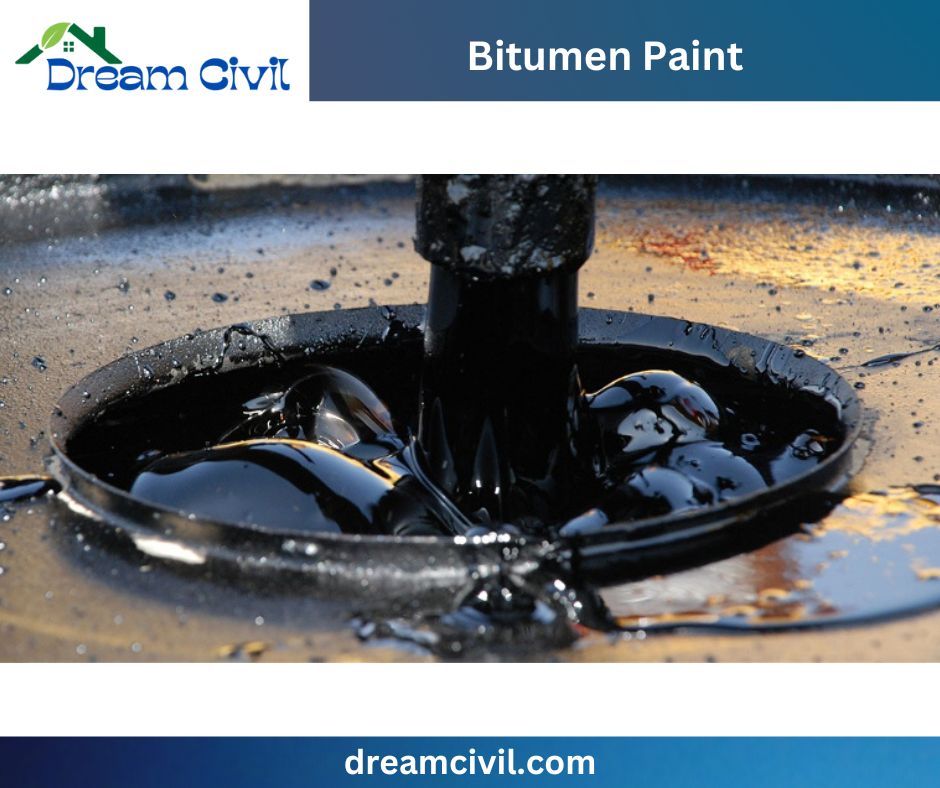
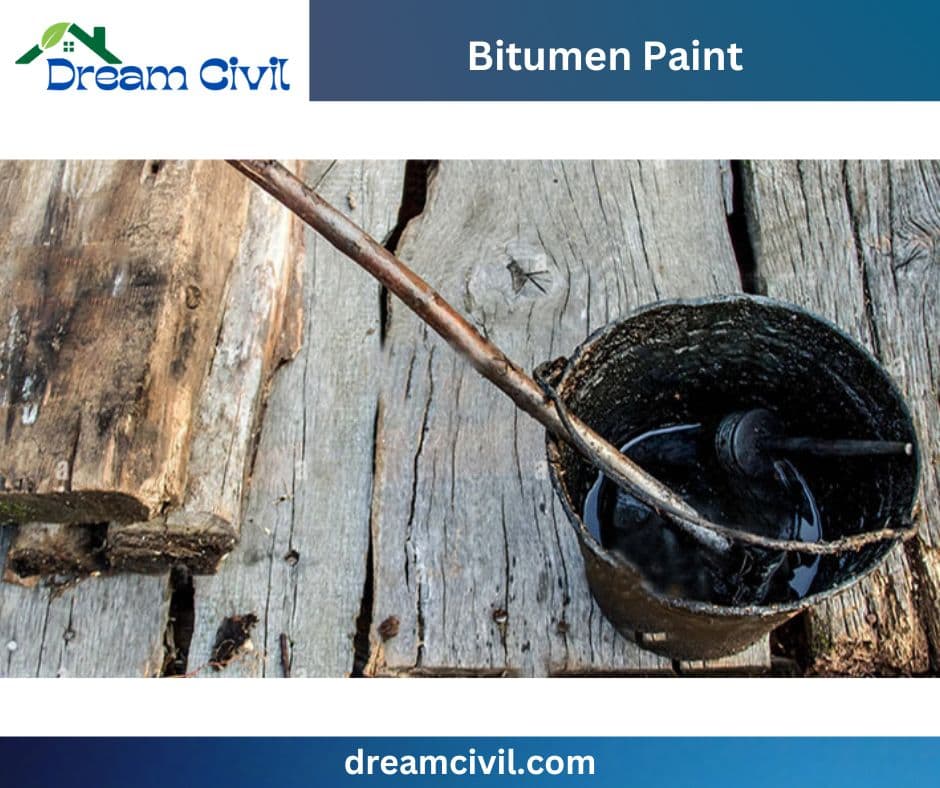
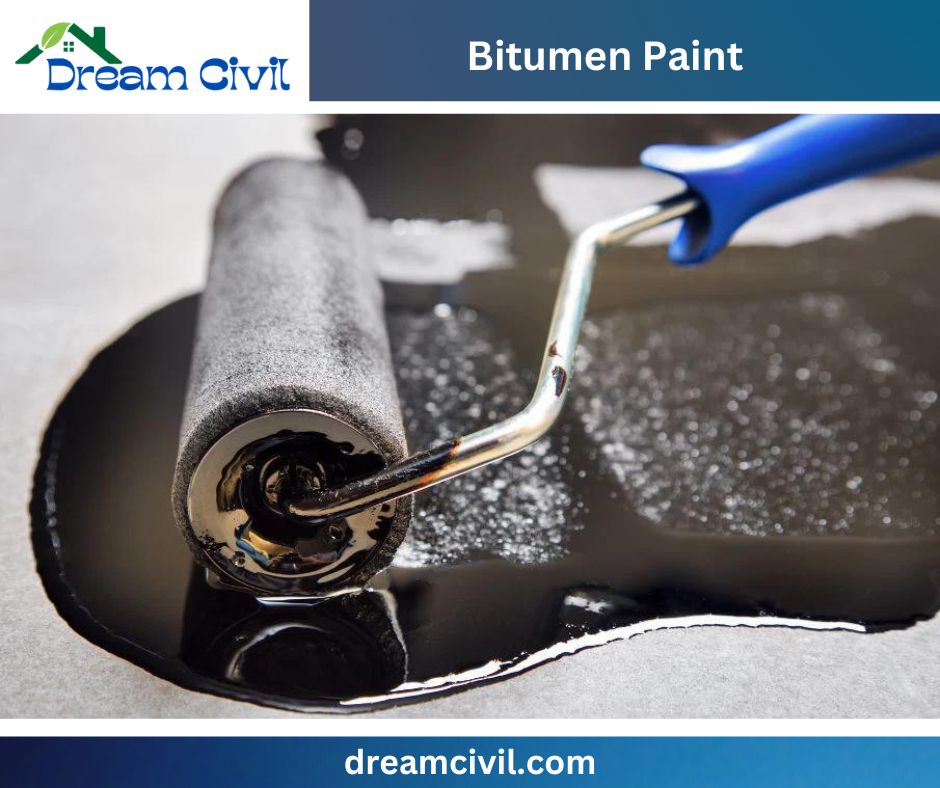

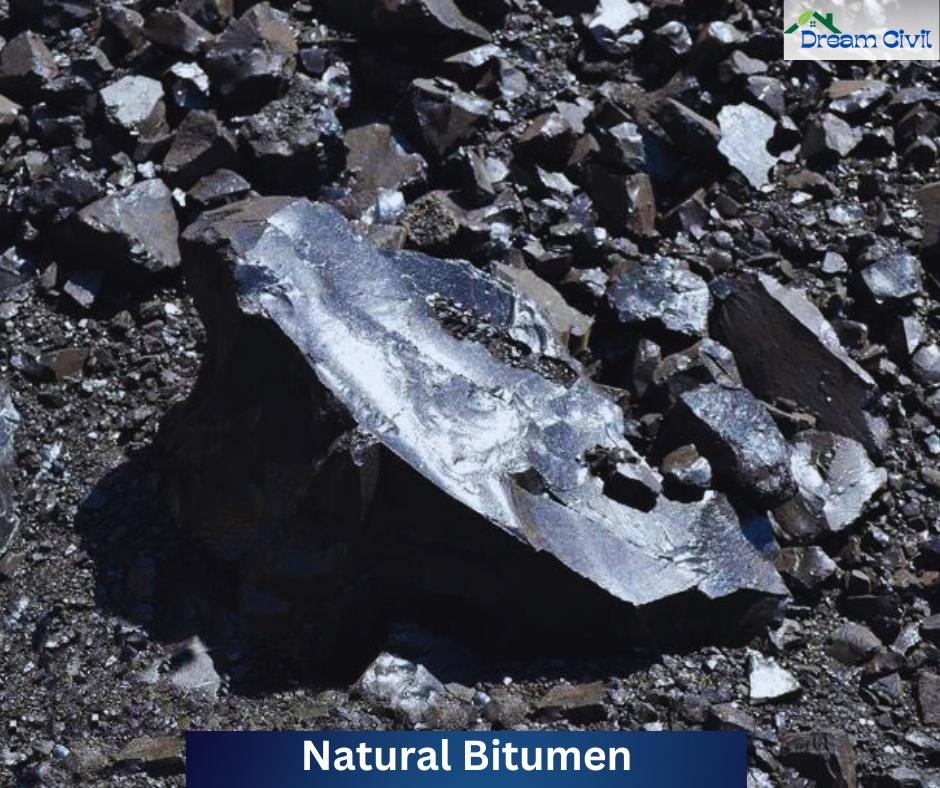
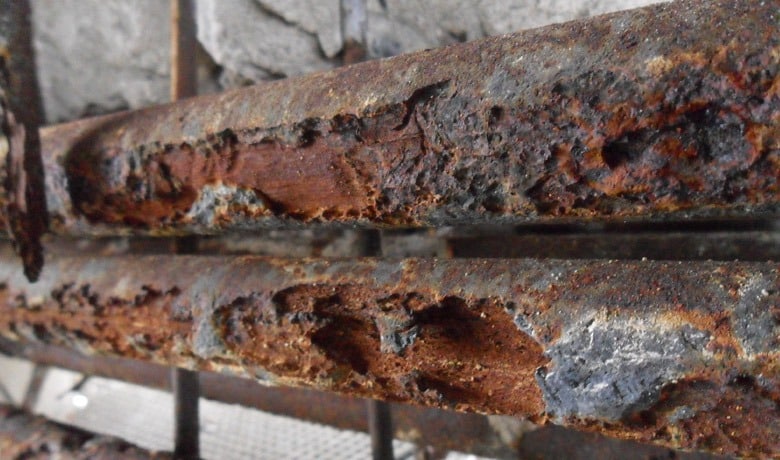

Responses